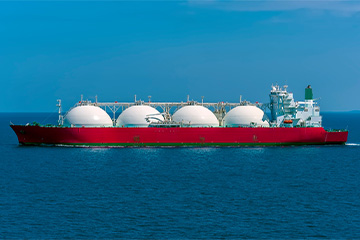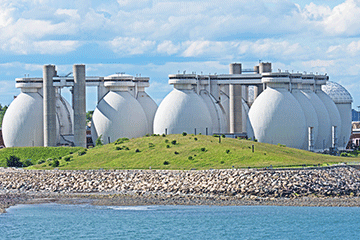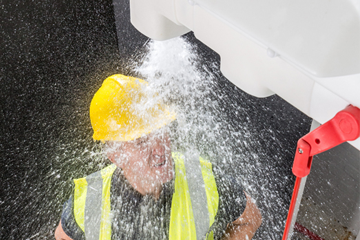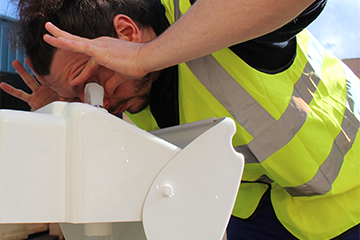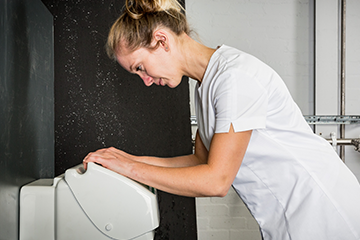Enquiry List () (0)
- May 6, 2025
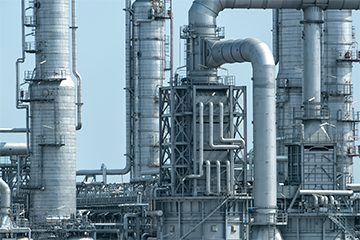
Safety Solutions for the Oil & Gas Sector
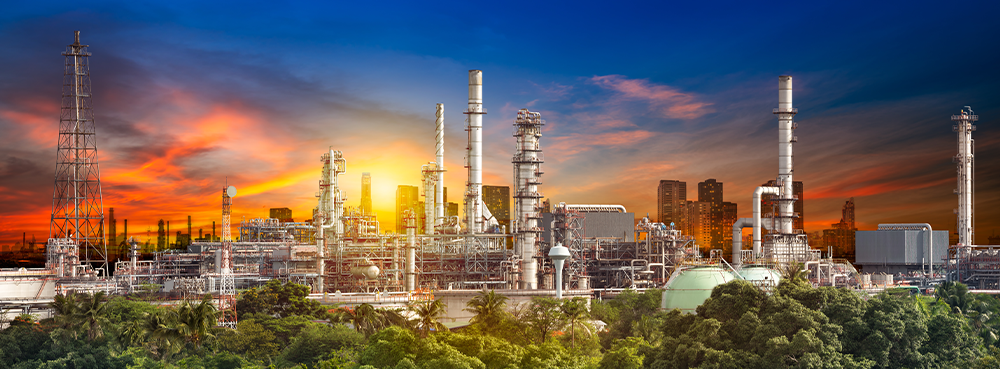
According to forecasts, global oil output is predicted to reach a staggering 103.9 million barrels per day in 2025. This comes after daily production increased by 240,000 barrels per day in February. The oil and gas sector relies on a wide range of chemicals-each with its own risks to worker safety. To properly protect personnel, appropriate PPE and emergency decontamination facilities must be positioned within 10 seconds reach of any hazard.
Common Chemical Hazards in Oil & Gas
- Benzene: A carcinogenic solvent that strips skin oils, causing irritation and potentially dermatitis if not quickly washed off.
- Petroleum Coke (Petcoke): A heavy, dusty by-product containing chemicals and heavy metals. Skin contact can cause irritation, cracking, and chronic skin disorders.
- Hydrofluoric Acid: Used in well stimulation and refining, this acid can cause severe burns and must be rinsed off immediately.
Emergency Safety Shower Solutions for Challenging Climates
Oil and gas sites are often remote and exposed to extreme temperatures – both hot and cold. Selecting the right emergency safety shower is crucial for ensuring worker safety and regulatory compliance.
The Importance of Tepid Water and Compliance with International Standards
The American National Standards Institute (ANSI) standards require that emergency safety showers and eye/face wash equipment deliver water within a specific "tepid" temperature range to ensure effective decontamination and user safety.
- ANSI Z358.1-2014 defines tepid water as between 60°F and 100°F (16°C and 38°C).
Delivering water outside these ranges can have serious consequences:
| Water below the minimum temperature | Water exceeding the maximum temperature |
|
|
Both standards stipulate that safety showers must provide a continuous flow of tepid water (at least 76 litres per minute) for a minimum of 15 minutes to ensure thorough removal of hazardous substances.
Compliant safety showers must be designed to maintain water within these tepid ranges, regardless of external climate conditions, to protect workers and meet regulatory requirements.
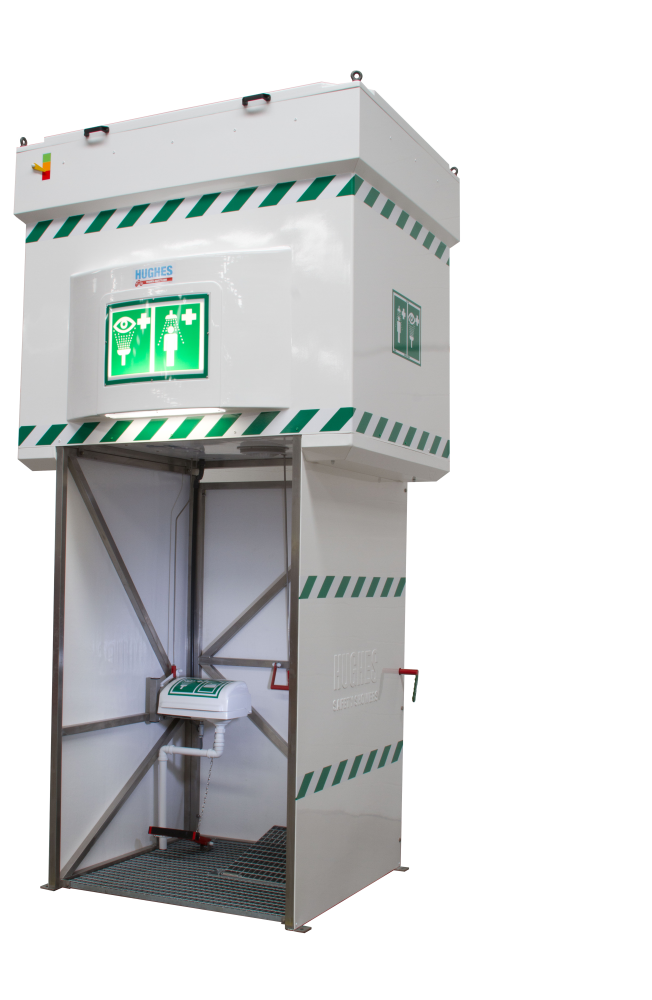
Hot Climate Solutions
High temperatures present unique challenges for emergency safety showers. Water left in pipework or tanks can quickly heat to dangerous levels, risking scalding or increased chemical absorption through dilation of blood vessels.
Key Solutions:
- Self-Draining Safety Showers:
For sites with a reliable water supply, self-draining showers are essential. These units feature a valve at the base that instantly drains residual water after use, preventing it from overheating in the standpipe due to solar radiation. - Tank-Fed Showers with Cooling Technology:
In remote locations where plumbing is impractical, self-contained tank showers are ideal. The Hughes 2000L tank-fed safety shower exceeds the ANSI recommended 15 minutes of water at 76 litres per minute-ensuring thorough decontamination.
Freezing Climate Solutions
At the other extreme, oil and gas sites in arctic or subarctic regions face the risk of water freezing, potentially rendering safety showers unusable, damaging the pipework, and putting workers at risk of hypothermia.
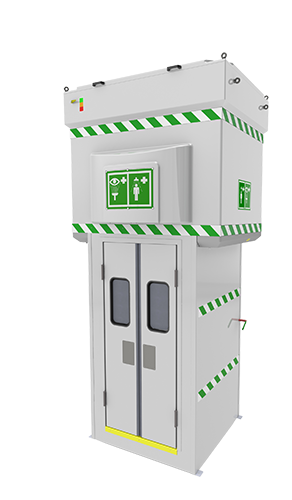 Key Solutions:
Key Solutions:
- Polar Tank-Fed Safety Showers:
The Hughes 2000L polar tank-fed safety shower is engineered for freezing climates, with immersion heaters to prevent water from freezing in temperatures as low as -50°C. Insulated double-swing doors close behind the casualty, while optional room heaters maintain a comfortable temperature inside the cubicle. Observation windows allow for safe monitoring by colleagues. - Freeze-Protected Showers:
Designed with trace-tape heating and insulation, these units heat the pipework to prevent the pipework from freezing and causing damage.
Why Choose Hughes Safety Showers?
With over 50 years of manufacturing excellence, Hughes Safety Showers is a trusted manufacturer of emergency safety equipment for the world’s most demanding industries. Our extensive range of showers and eye/face washes is designed to meet international standards and the unique needs of each site. For locations with special requirements, our engineers can design bespoke solutions to ensure optimal protection.
For more information on Hughes’ range of emergency safety solutions, contact us today.




